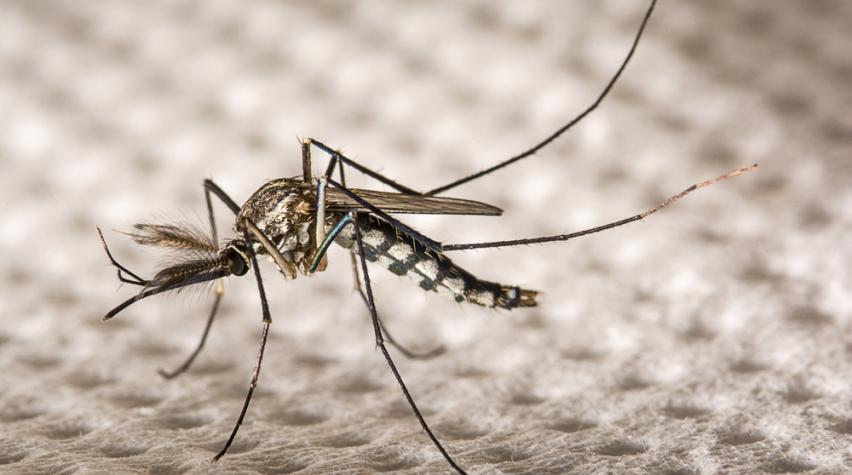
If you could eradicate the Aedes aegypti mosquito responsible for spreading the Zika virus in the Americas, would you? And should you? Those are some of the big questions being tossed about among biologists, ecologists, public health experts, and others today because the technology exists to bid farewell to the pesky mosquito. The technology, however, is very new and thus very controversial.
The technology, known as “gene drive,” is only a year old and is based on the CRISPR-Cas9 technology that can force a genetic change through a population as it reproduces. The topic of gene drive technology and the question of whether to put it to use to stop the Zika virus are the subject of a lengthy article that appeared yesterday in MIT’s Technology Review.
For such a new innovation, CRISPR technology has rapidly changed the landscape of genetics and the range of what is possible. The article takes a look at not only the question of eliminating the mosquitos that carry the Zika virus and the benefits and possible repercussions, but also looks at the industry that has popped up almost overnight around gene-editing. One firm, Editas, as of yesterday, ranks among the very first to go public this year in the hopes of using CRISPR-Cas9 to make targeted changes to DNA.
The ownership of the technology itself it hotly debated, with a battle between two academics who each claim ownership. You can read more about the question of wiping out the Zika-carrying mosquito and the fascinating battles, projects, and questions surrounding CRISPR-Cas9 technology in the full article here.
What do you think about the debate around gene-drive technology and the Zika virus, or about other issues surrounding this technology? Share your thoughts on the subject in the comments section below.


